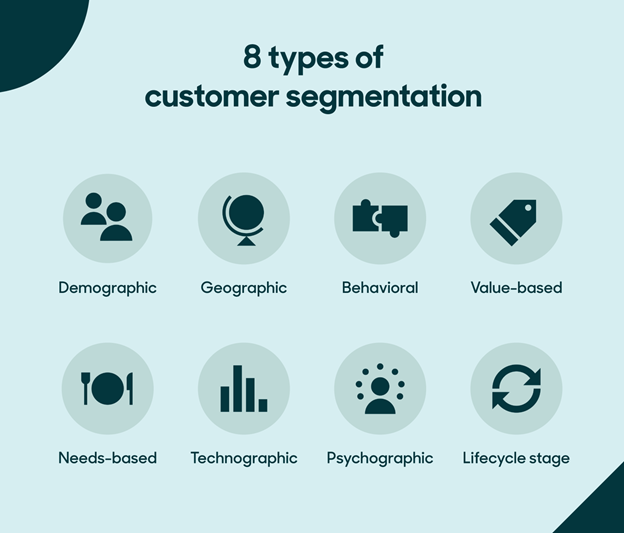As a UX designer, there are so many things that you’ll be working with to create a great product. Something you really must be using is data. While data has become more freely available than ever before, UX designers haven’t been using it to their full advantage. Here’s what you need to know, so you can use data to improve your work.
How Data Is Used Within UX Design
How can data be used within UX design? There are several ways that you can put it to use. For example, right at the beginning of the process, you can look into data analytics to help you understand the problem that your product is looking to solve.
When you’re in the project itself, you can use data to make sure that everything is coming together as it should. You can use tools such as user heat mapping, which show you where users are getting stuck. That way, you know exactly where to make changes.
You can also use that data to send to shareholders regularly, as it helps show what changes are being made, and why.
How You Can Get The Most From Data
Don’t you need a data analyst if you’re going to use data in your design work? In most cases, you can use that data yourself quite easily. You just need to know how to get the most out of it.
There are lots of tools out there that help you gather and analyse data. They can record video of users on the platform, click patterns, trends, and lots of other things. With this data, you can make changes to your product to make it even better.
Using Data To Improve Your Work
One key way you can use data in your work is to look for outliers. This is any spike in uniform patterns in your data sets. These indicate something that’s working well, or something that needs your attention. It also could simply show you something that you aren’t tracking properly, so you can correct that sooner rather than later.
What Data Can’t Do
While data can do a lot for you as a UX designer, it’s important to remember that it can’t do everything. While you can track a lot of data, you must remember that it’s a way to develop your product while not relying just on the opinions of your team.
You’ll use data alongside other methods to ensure that you’re making the best possible product. For example, you’ll also use qualitative and quantitive research, along with the data that you’re using. Together, this should all give you the results that you’re looking for.
Increasing Engagement With Data
One thing that you can do with data is look to increase engagement. With the data you’re getting throughout the design process, you’ll see that there are several ways that you could encourage users to get involved. You’ll also be able to do this by solving pain points regularly, which makes the product more user friendly and encourages them to come back.
Ask The Right Questions
How do you start making improvements to your products? It’s all about asking the right questions, and using your data to help answer them.
For example, you may want to know what users are struggling with. As such, you may need to ask ‘what tasks are users not completing?’ Now you have that question, you can use data to help answer it. You can check the appropriate metrics to answer, and then work from there.
You’ll often need to talk with other designers, or other teams such as customer support, to get more answers. Once you do this, you can get a better understanding of the problem and then solve it in a way that makes your user experience better than ever.
Use Data To Become The Best
This has been a very quick overview of how data should be used in your UX design work. You’ll have seen just how it elevates your process, allowing you to create an overall better product. When you’re paying attention to your metrics, you’ll encourage more users to get on board, and keep the users that you already have happy.
![]() Give feedback about this article
Give feedback about this article
Were sorry to hear about that, give us a chance to improve.








